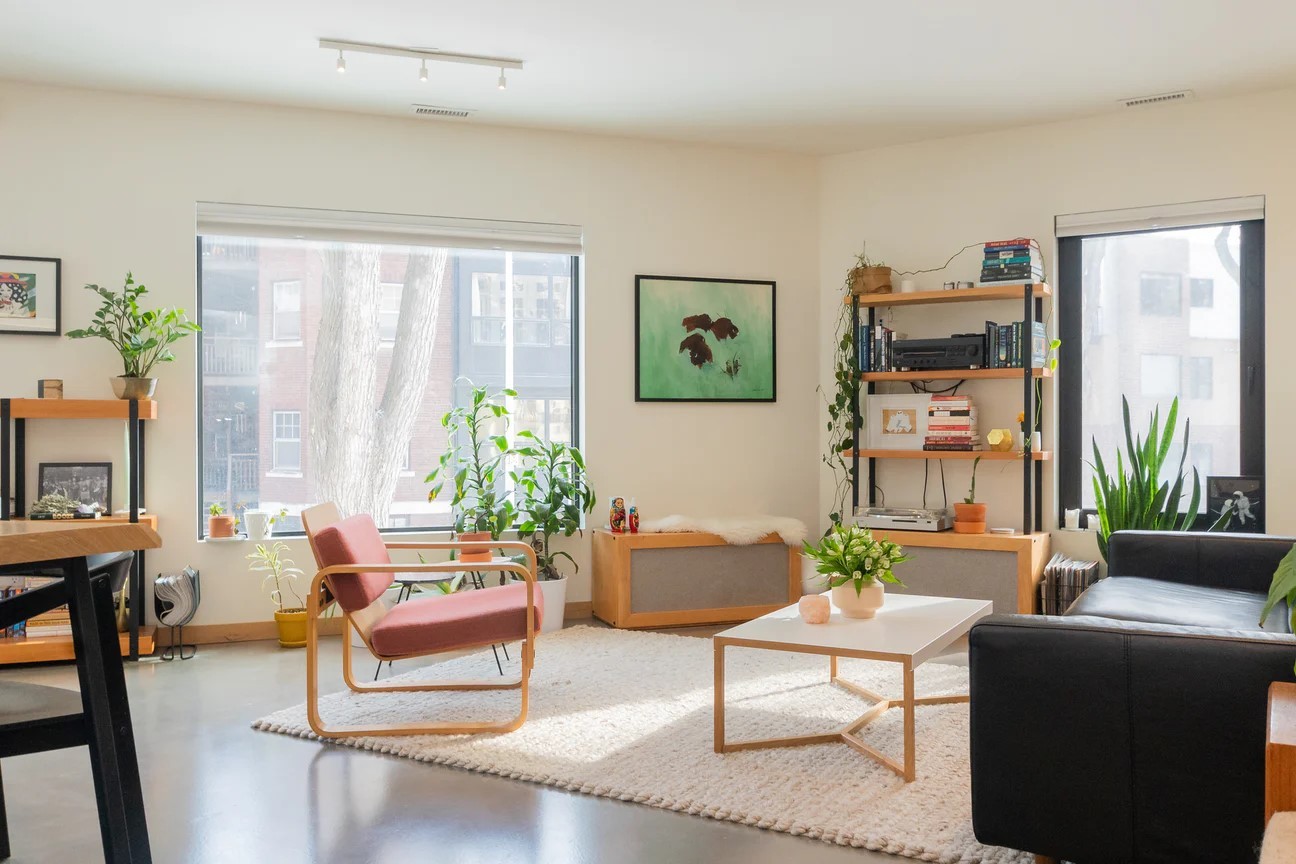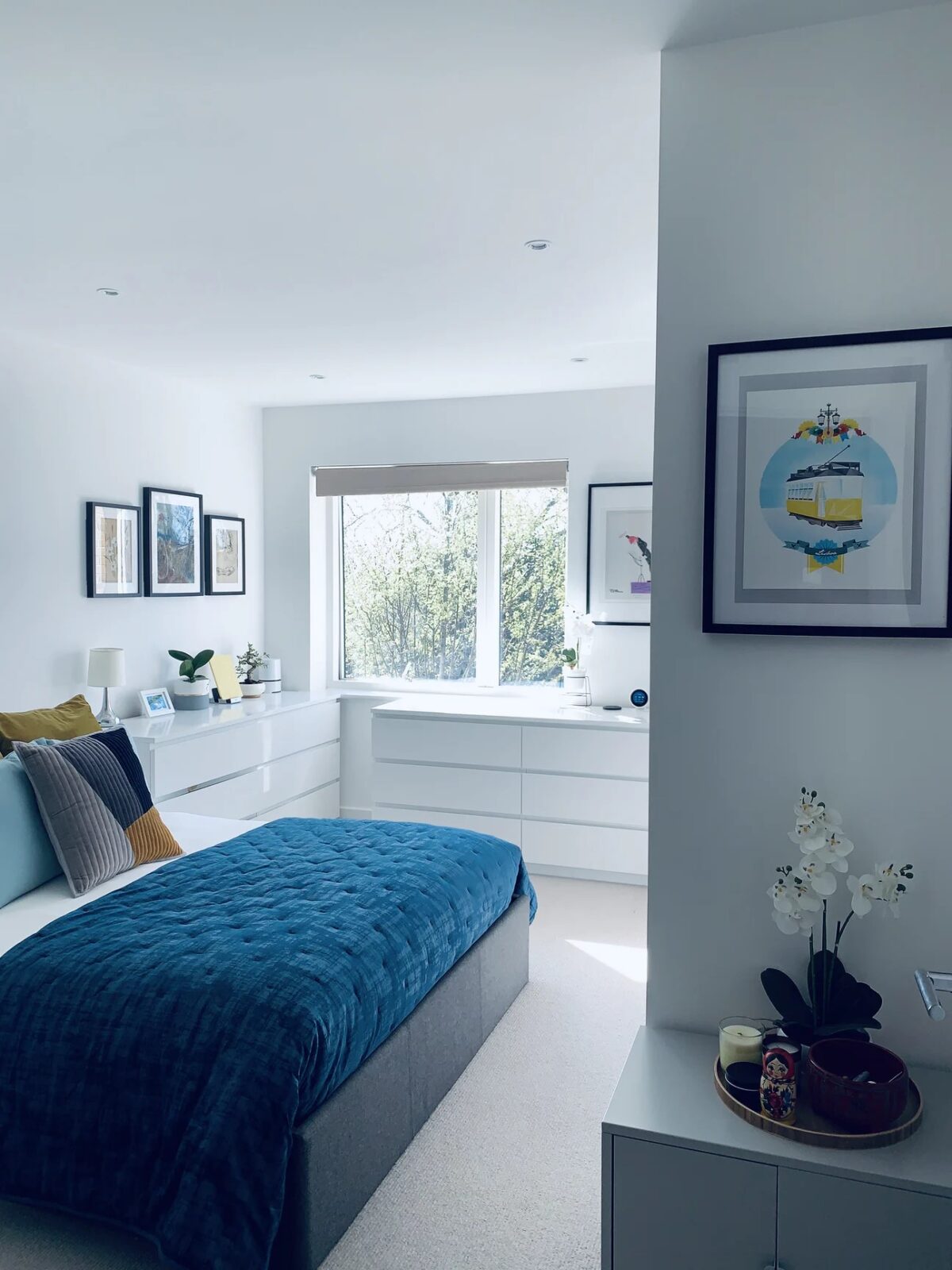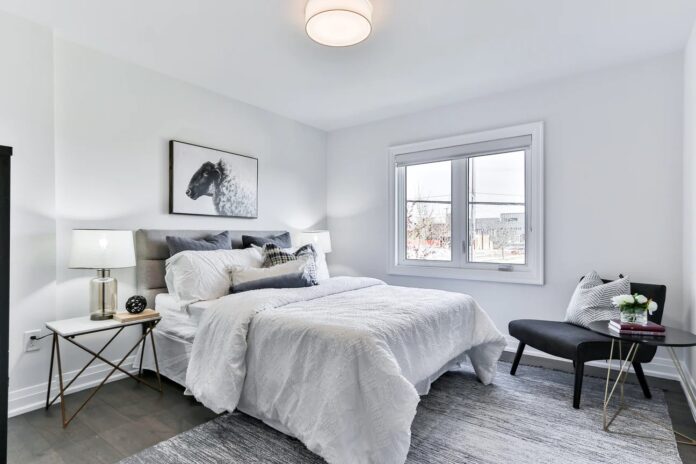Tips For Designing Your Room
Gathering ideas and drawing inspirations to revamp your rooms can be exhilarating, whether you’re doing it for smaller bedrooms or large living spaces. Yet, it can be daunting when you’re spending resources to design a space you’ll be spending a huge portion of your time in. Where do you start, how do you continue on with it? For some great pieces to decorate your room with, visit our Hunter Furniture store.
The most common challenge in decorating your room comes when you attempt to do everything at one time. Do you choose your furniture first or select the color of your walls first? Will the center art piece clash with the floor design you’ve gone for? How should I arrange my furniture to best optimize the space in my apartment?
Decorating your space shouldn’t be that difficult and the best way to start out is taking the time to lay out the foundation of your room, which is your floor plan and room layout before you start with the aesthetic decoration. Always think of your design as being functional first before you move on to how it can make you feel. Here are some quick and easy tips to follow when decorating your room.
1. Analyze The Space You’re Working With
First off, you will need to understand your space. How much time will you spend in the room and how do you want this space to make your life more enjoyable? Is this space a private space like a bedroom or a more public one such as a living room? These factors define what your needs are in your home and propel you to make better decisions to come, ranging from how big your budget should be and choosing the right furniture.
2. What Are Your Needs
Now that you’re clear about the space you’re working with, deep dive into your needs. With many people working from home now, you might need a bit more space to have a home office. If you’re sharing spaces with your children or roommates, keep in mind what needs they have too. Children may need additional space for their play hours so it may be a good idea to include more empty space for them. This reduces the anxiety you can have as you will avoid choosing furniture that you might later on realize is unnecessary or a problem for your design.
3. Deciding Your Style
One of the more exciting (and important) parts of designing your room is deciding on your style. Having a personal space provides you with opportunities to have a space that best speaks to you. Get inspired by browsing through Pinterest, Instagram, or your favorite design blogs to have an idea of the possibilities you can have. Have fun with this and gather all the information you want by saving or archiving these posts for you to refer to.
Once you’re gathered all the potential ideas, look through them again and pick out your favorite ideas that make the most sense for your needs and space. Many people are crazy about the minimalistic designs in their homes now, but it may not look amazing with messy toys and workspaces. Yet, you can still incorporate the white or cream-colored palettes in your designs with some adaptations to it. Ultimately, you should find a style that is personal to you and an aesthetic that brings you joy when you wake up every morning.

4. Drawing Your Layout
Many people find it a hassle to draw out their layout but it’s actually extremely important especially for smaller homes. Planning out which furniture goes where allows you to maximize your space. Having too much furniture in your home can make you feel uncomfortable with the cramped residences or even waste your money from buying oversized sofas. Some rooms also don’t come with windows, which means you might need to take advantage of the walls of your room to invest in more lights. For your gaming or living room, the location and quantity of power outlets will also have to come into play in your design as it limits where your television or gaming console can go to. While having a solid floor plan is important, you can still make minor tweaks during the process if you decide to change your mind.
5. Money Matters
With your floor plan settled, plan out a rough budget for your room decoration. Furniture can be expensive so it’s a lot easier to decide on a budget range to work with so that you don’t compromise too much cash. Think of what are good investment pieces such as having an organizer for your small bedroom, and things that you save on.

6. Colour Palette
Pull out your room decorating mood board and see if there’s a theme that is common in it. Having a color palette that is consistent and complementary with your furniture will add to the entire feel of the room. There’s no right way to select your color palette, but we do recommend sticking to two or three light neutral shades for design beginners.
7. Putting Things Into Action
Here’s where everything comes into play. Place all the foundational furniture in your room such as your beds, sofas, and dressers that are necessary for your room. Then, add in your accent furniture such as your coffee tables, bookcases, and nightstands.
Here, you might want to think of the function of your accent furniture, such as the height of your bookshelves and how cramped space might be with an additional bedside table. These accent pieces are excellent for creating contrast especially when you have more neutral light-colored furniture. You can also play around with different materials and textures to give your room more layers and a more enhanced feel. For example, having iron or steel designs can give your industrial design a little more edge as compared to sticking to grey-colored palettes.
Conclusion
Now that you’re done with the furniture, add in some finishing touches such as unique small items such as pillows and rugs. Your space can also be tweaked seasonally to change things up a bit especially when you’re feeling a little festive. Stay true to your style and have lots of fun playing around with the designs.

























